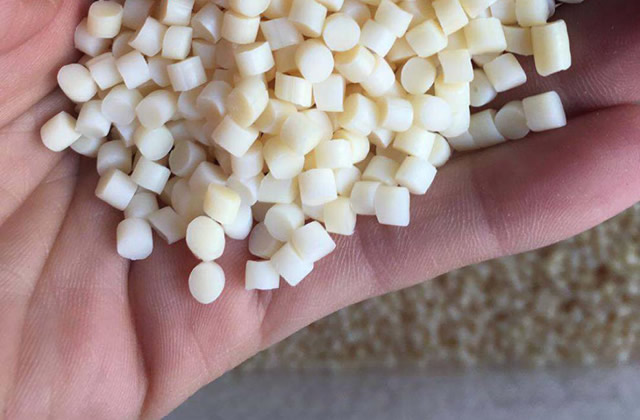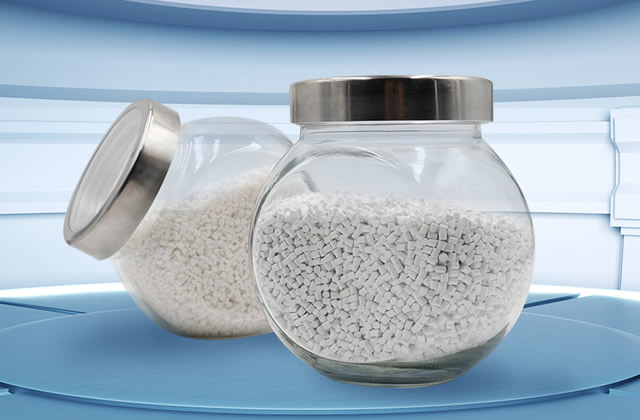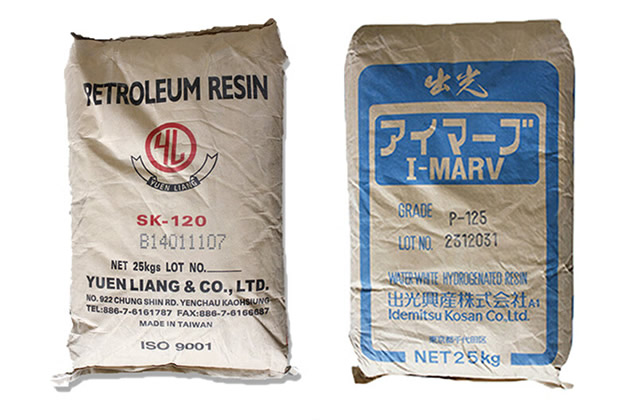1. What are the main pollutants of release agent wastewater?
Release agent is a chemical substance commonly used in the manufacturing process and is widely used in construction, ceramics, and plastics. and other fields. However, the use of release agents often produces a large amount of wastewater, which contains organic matter and other pollutants, causing certain pollution to the environment.
It is understood that the properties of release agent wastewater are complex and diverse, including organic matter, suspended solids, heavy metal ions and other pollutants. These pollutants pose potential threats to the environment and are difficult to be discharged directly into natural water sources. Appropriate physical, chemical and biochemical treatment is required to ensure that wastewater meets discharge standards.

2. Release agent wastewater treatment method
The release agent wastewater treatment process mainly includes three steps: physical treatment, chemical treatment and biological treatment:
1. Physical treatment
Physical treatment is mainly used to initially remove suspended solids and granular impurities in wastewater, including the following steps:
(1) Sedimentation: Gradually settling suspended matter through gravity or herbal measures, such as sedimentation tanks, sedimentation tanks, etc.
(2) Filtration: intercept solid particles in wastewater through filters or screens, such as pressure filtration, layered filtration, etc.
2. Chemical treatment
Chemical treatment mainly treats organic matter and heavy metal ions in wastewater to achieve removal or degradation effects. Commonly used treatment methods include:
(1) Oxidation method: For example, hydrogen peroxide, ozone, etc. are used to oxidatively degrade organic matter in wastewater.
(2) Complexation precipitation method: Add a complexing agent to form a complex with the heavy metals in the wastewater, and use precipitation to precipitate it.
3. Biological treatment
Biological treatment is to oxidize and decompose organic matter in wastewater through biologically activated sludge or microbial metabolism, and convert it into Harmless substances such as carbon dioxide and water. Commonly used biological treatment methods include:
(1) Activated sludge method: By contacting wastewater with activated sludge under aerobic conditions, the organic matter in the sewage is biodegraded by microorganisms.
(2) Biological filter method: By passing the release agent wastewater through the biological filter, microorganisms adhere to the surface of the filter material to degrade the organic matter in the wastewater.
3. How to utilize waste release agents
Waste release agentsOrganic matter and some other pollutants in the water are decomposed and transformed during the treatment process, producing recyclable resources. Common resource utilization methods include:
1. Biomass energy utilization
By further processing the organic matter in the wastewater, biogas or biodiesel can be produced. renewable energy.
2. Heavy metal recycling
Heavy metal ions in wastewater can be recycled through specific processes to reduce further pollution to the environment.
The release agent wastewater treatment process is a multi-level process from physical treatment, chemical treatment to biological treatment, which can effectively remove organic matter and pollutants in wastewater. At the same time, through resource utilization, wastewater can be converted into renewable resources, waste reduction and recycling can be achieved, and dual protection of the environment and resources can be achieved. Future development should further improve treatment efficiency and resource recovery rate, and promote the sustainable development of wastewater treatment technology.
If the website content violates your rights, please contact us to delete it。








